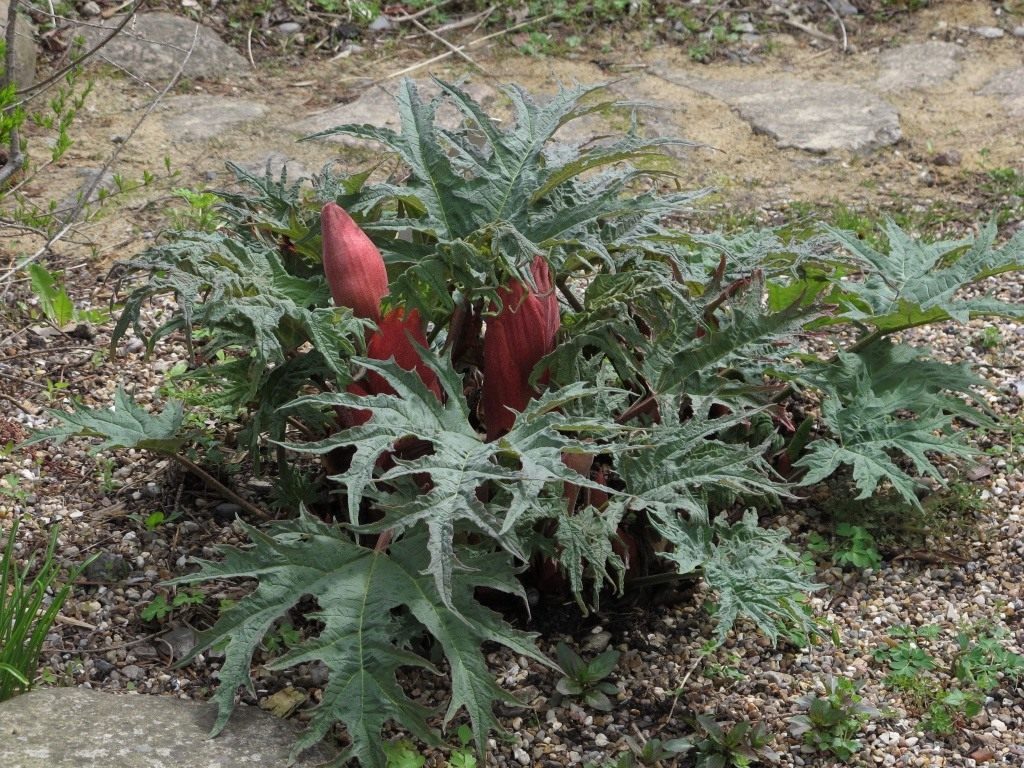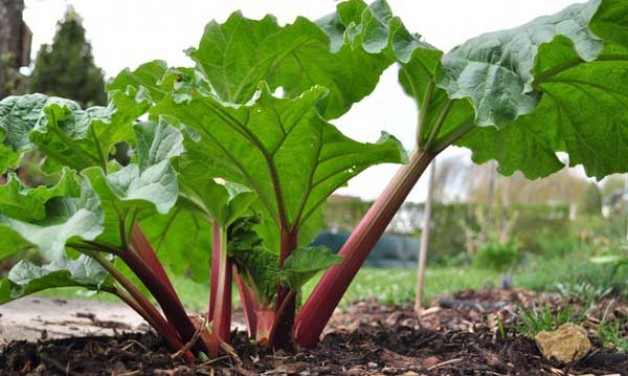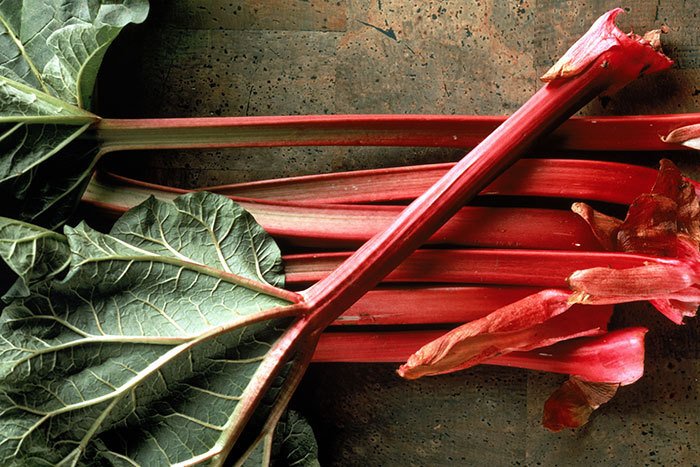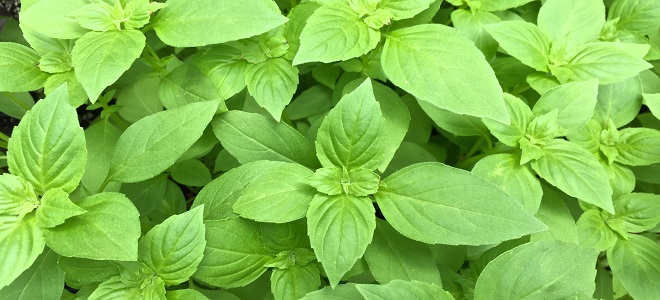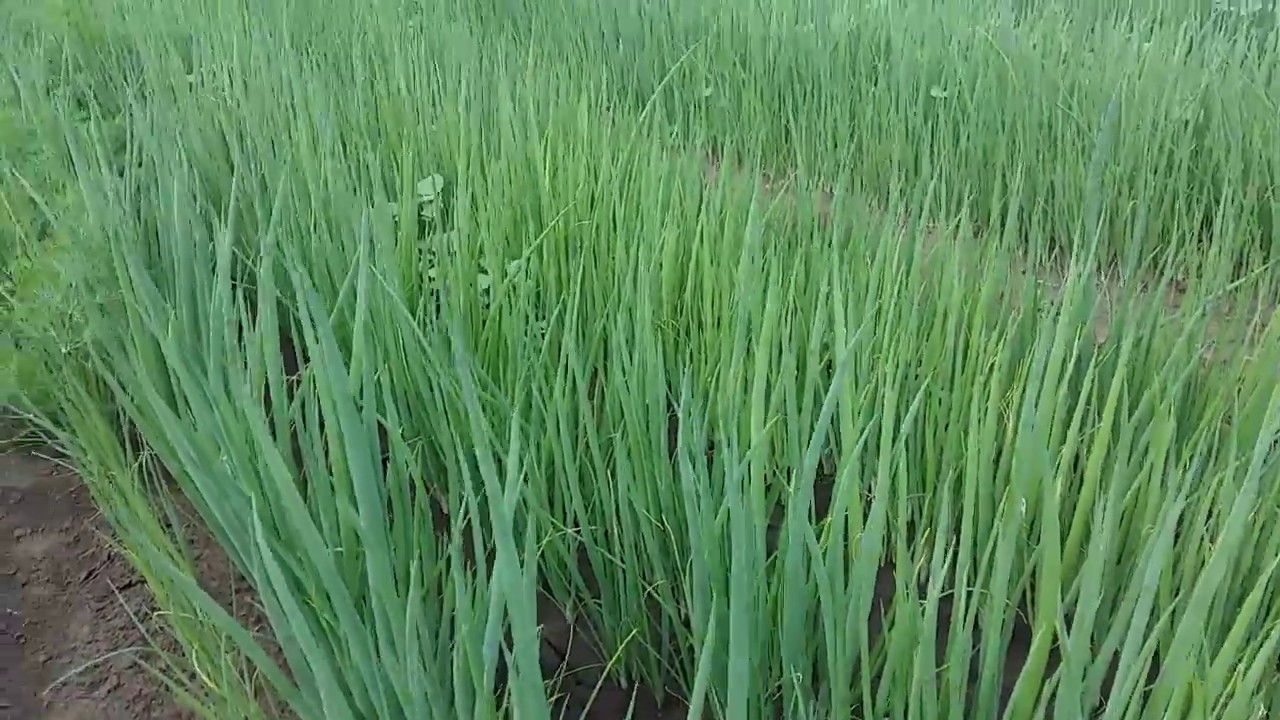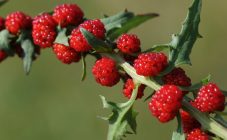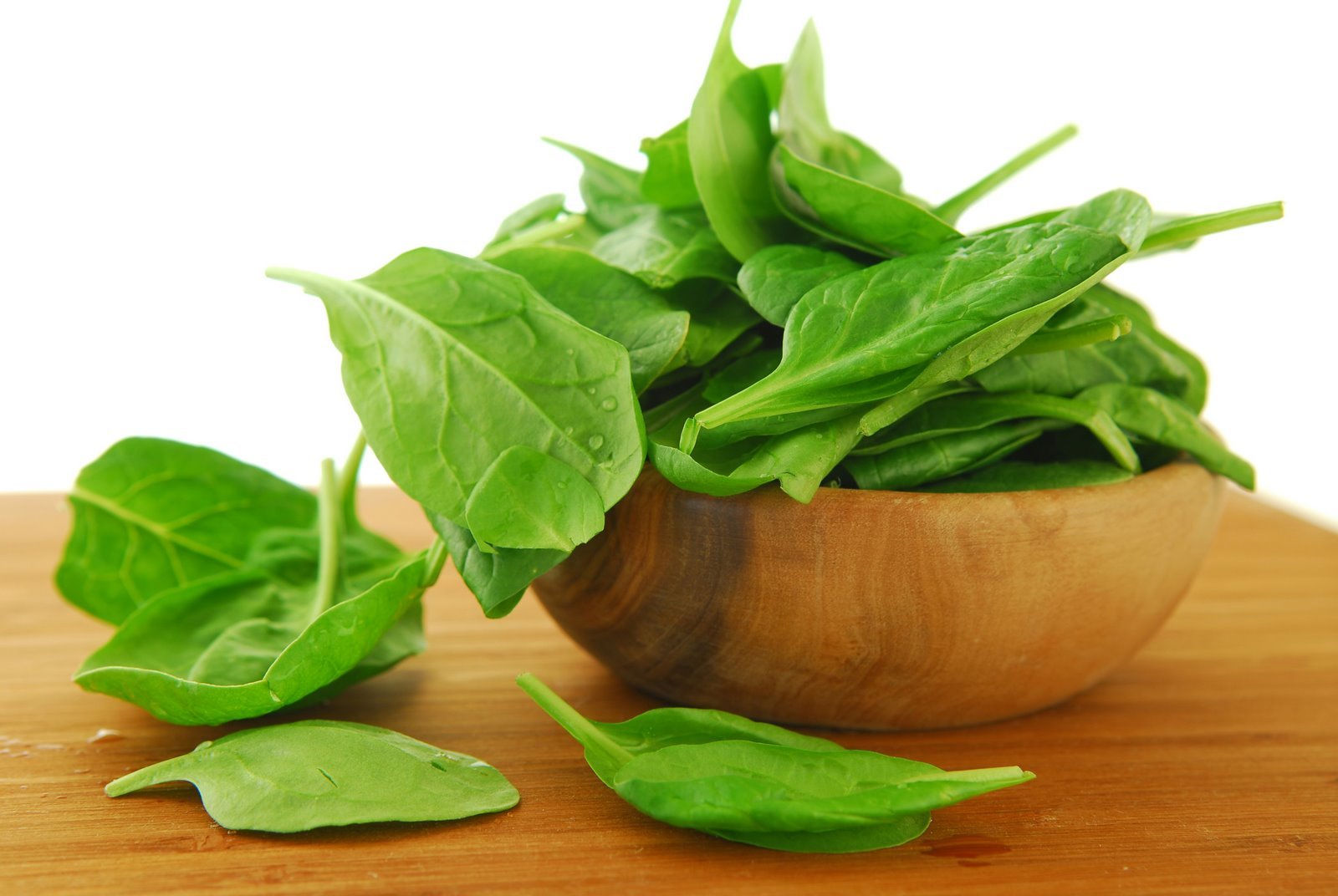Content:
Rhubarb is a perennial plant that is quite popular among domestic gardeners. It is characterized by powerful reddish stems that can grow up to three meters in height.
Fundamentals of agricultural technology
It is most logical to start a conversation about culture with an answer to the question of how to plant rhubarb so that it grows safely. Rhubarb is grown for human consumption, as well as for medical or decorative purposes.
Despite the fact that rhubarb is a rather unpretentious plant in terms of growing conditions, it is recommended to select the soil for planting with the utmost care. In the end, the future harvest will depend on the correctness of the choice made. The ideal soil for rhubarb is a fertile, organic-rich loam without groundwater. Before planting, the soil requires mandatory preparation. When autumn comes, it should be dug up, organic fertilizers added. In the spring it will be possible to start planting.
The sun is an optional condition for successful crop cultivation. The plant can be shaded. Partial shade is best suited for him.
The planting region for rhubarb is insignificant. It can be Siberia, the Urals, the Moscow region or any southern regions.
Reproduction of culture
Any agricultural technician will say that there are two main ways to propagate rhubarb:
- from seeds;
- dividing the bush into rhizomes.
The easiest way to grow rhubarb is by dividing the bush into rhizomes, since when using seeds, some of the varietal characteristics of the culture (if any) may be lost. In addition, breeding rhubarb from seeds is a rather laborious process. Planting material requires long-term cold stratification.
For reproduction and subsequent planting of rhubarb on the site, four-year-old shoots are usually used. They need to be dug up in the middle of autumn. The essence of the procedure is to obtain viable rhizomes, from which rhubarb will then multiply. Each root must have at least two buds and a couple of roots. The mass of the root crop selected for breeding must be at least 250 grams. It is necessary to divide the roots so that the area of the cuts in the end is minimal. After cutting, before replanting, the roots must be kept in the shade. This is necessary so that the cut points dry slightly.
The soil for planting rhubarb should be dug onto a shovel bayonet and fertilized with humus or compost. In order for the roots to rise better, they should be squeezed as tightly as possible with earth and watered abundantly.
Sowing with seeds
If the culture was not previously grown on the site, the question: how to properly plant rhubarb with seeds is especially important. Rhubarb can be planted in early spring or fall. Culture is not afraid of winter and cold. The plant has an excellent indicator of frost resistance.
Rhubarb does not require transplants. The plant lives well in the same place for at least 15 years. First of all, seeds are germinated, stratified and only then planted.For planting, the seed is densely spread into pre-dug grooves 1.5 cm deep.The correct gap between the grooves is about 20 cm.If planting is carried out before the beginning of winter, the surface of the ridge must be mulched with humus to a thickness of about 1 cm. Spring mulching will be performed after germination. Before the onset of autumn, the seedlings are watered, loosened, weeded and fed. In September, feeding and watering is finished and the rhubarb planted from seeds is moved to a permanent place of growth.
Thus, the answer to the question of how to properly grow rhubarb from seeds is not as difficult to find as it might seem at first glance.
Planting seedlings
Some gardeners, wondering how to plant rhubarb, end up preferring seedlings. Seedlings can be grown in nurseries or outdoors. If you buy it ready-made, it is recommended to give preference to trusted sellers who can guarantee the fact that they offer really good seed. Unfortunately, there are often cases when seedlings that already have a disease go on sale.
For a culture like rhubarb, planting and care in the open field begins with calculations. For the correct marking of the places for the holes, a measuring rod is usually used. Depending on the size of the seedlings, they are planted under a stake, additionally using a garden scoop or fork. If the seedlings were grown in nurseries or in nutrient cubes, they are characterized by a well-developed and branched root system. In this case, it is preferable to use a scoop.
In order for the plant to grow calmly, in no case should the soil be strongly compacted. This will slow down the growth of the root system and worsen the survival rate of rhubarb. Rhubarb seedlings should be planted at the same depth. In order to improve the survival rate, it is recommended to crimp the soil around the plants. Weeds should be removed as soon as they appear. During the first year of rhubarb growth, the soil should be loosened 3-4 times and the plant should be fertilized the same number of times.
Care and its features
To get a decent harvest of a crop such as rhubarb, proper care is required. In order for the cultivation to proceed without problems, the plant without fail requires feeding, irrigation, loosening and watering. On adult plants, it is important to remove peduncles in a timely manner. Only the correct cultivation of the crop will yield results at the end of the season.
Weeding and loosening
Loosening and weeding are two procedures that are simply vital for the plant in the process of growth. These two procedures provide the roots with the necessary amount of oxygen and moisture. Such care is especially strongly required by young, not yet hardened shoots. It is necessary to loosen the soil after each watering and rain. Plants that have just been planted in the garden should be treated with particular care, making only superficial loosening. Once the plant is healthy and strong, it can be loosened more deeply.
Watering and fertilizing
Cultivation of a culture usually dispenses with looking for an answer to the question of how to transplant rhubarb to some other place. The plant does not need this procedure. But the problem of watering and fertilizing is quite acute. Without these procedures, there can be no talk of any harvest at the end of the season. Watering rhubarb should be done regularly, especially if the summer cottage is located in a region with dry summers. But the need for watering does not mean that it is permissible to overmoisten the soil. It is best to stick to the golden mean. The best option for maintaining soil moisture is mulching.
Answering the question of what and how to feed rhubarb in spring, one should mention organic compounds: ash dissolved in water, bird droppings and cow dung.
If rhubarb is planted from seed, it will need to be fertilized twice: immediately after germination and three weeks after the final thinning of the planting was carried out. As for adult plants, they are fed in early spring, when the leaves have not yet had time to grow. Re-feeding is carried out after the first harvest, and the last one - before the onset of autumn.
Pest control
Most gardeners are well aware that rhubarb is one of the few crops that is highly resistant enough to diseases and all kinds of pests. It is extremely rare for rhubarb to have cases of powdery mildew, root rot, or ascochitosis. Of insects, rhubarb bugs or buckwheat fleas can harm the crop.
The most effective in the fight against pests and diseases is prevention. It consists of the following activities:
- cut and completely remove diseased or pest-infested leaves;
- remove weeds in a timely manner;
- do not forget to periodically loosen the soil;
- do not forget to dig up the soil for the winter on a shovel bayonet.
If the infection has already occurred, a one-percent Bordeaux mixture is used to combat fungal diseases. For the defeat of the rhubarb bug, an effective prophylactic - forty percent phosphamide, which should be applied to the soil at the end of each growing season.
If the defeat is massive, and you can't do without chemistry, you should use it with the utmost care. To a lesser extent, chemicals are applied to areas with young annual seedlings. If we are talking about adult plants, they should be used exclusively in late autumn before winter comes.
Harvesting
Having figured out how to grow and care for the rhubarb culture, it's time to learn how to properly collect a plant, the benefits of which are undeniable. The harvesting period for rhubarb is quite wide - from the beginning to the end of summer. It is better not to cut off annual shoots. This will weaken them. But to cut off the stems from the shoots of the second season is quite acceptable. Larger specimens should be chosen.
Rhubarb stems are considered ripe when their width is up to 2.5 cm. They should be firm enough to the touch, have a dark pink or maroon shade.
The stem should be plucked by twisting. This should be done as close to the base of the shoot as possible.
Rhubarb is widely used in cooking. It is used to prepare homemade preparations for the winter, pies, compotes and much more. It is therefore not surprising that, despite the recommendation to use rhubarb stems as soon as possible after harvest, many gardeners try to keep them longer.
The plant can be stored in a refrigerator in a plastic bag for three weeks. In addition, they can be frozen for a longer period of time.
Rhubarb is a fairly popular and demanded plant in our country that can be found in many garden plots. It is tasty and healthy. In the case of a crop such as rhubarb, cultivation and care does not require much experience.
If you have not yet had time to discover this amazing culture for yourself, we strongly recommend that you do it. The result will surpass all even the most daring expectations, and there will be practically no problems in the growing process.
